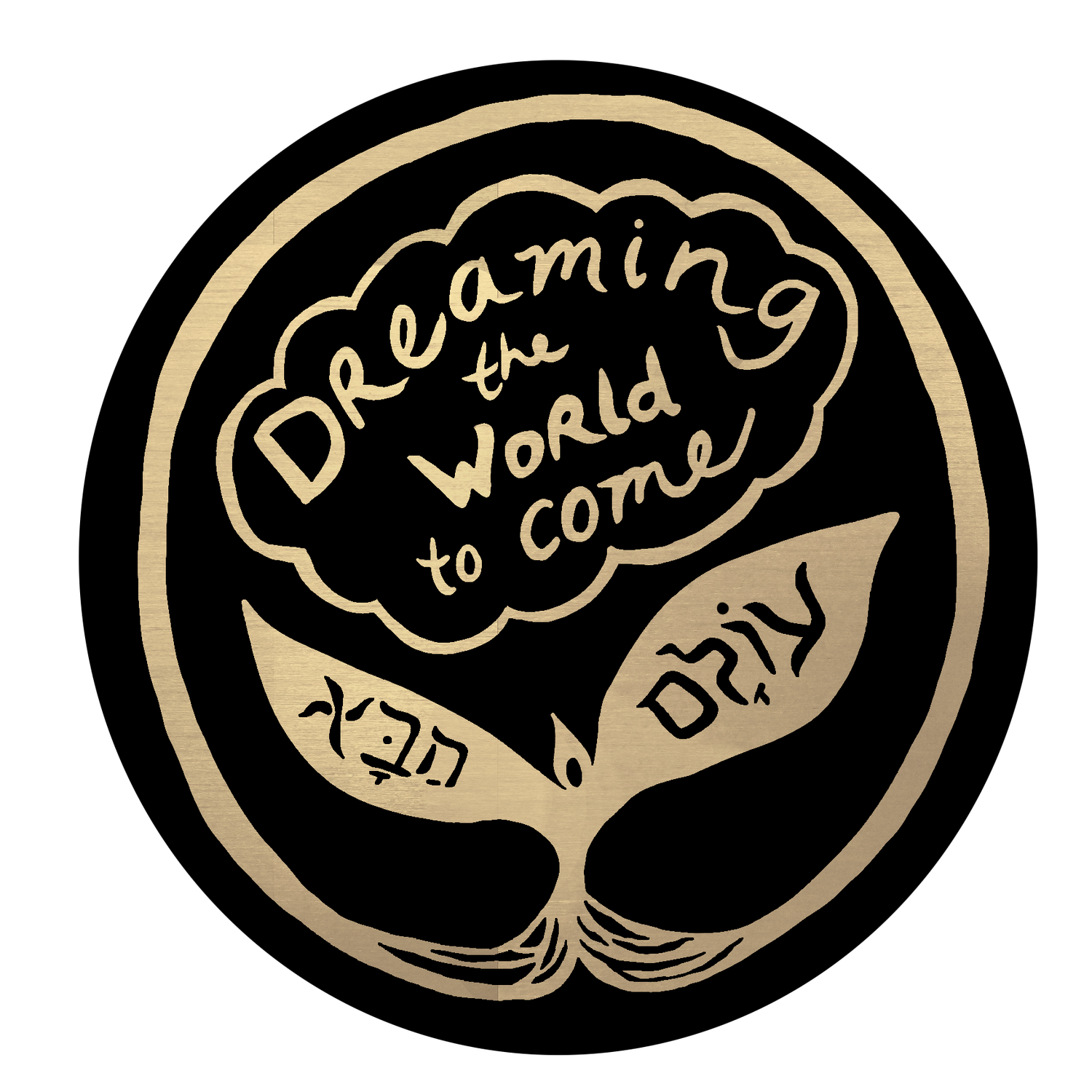Counting the Omer
The Counting of the Omer is an ancient portal practice that takes us from Pesach to Shavuot, from Liberation to Revelation, mirroring the time between our emergence from the Red Sea, up through the moment we received Torah at Mount Sinai. In Biblical times, these fifty days marked the time between the barley harvest and the wheat harvest (“omer” refers to an ancient measurement of grain - some estimate about ten dry cups).
The Kabbalists translated this ancient counting ritual into a mystical exploration of nuanced energy fields, using the tree of life as a tool to prepare for receiving revelation. The ten sephirot, or “emanations,” are aspects of the Divine which map between the physical world and its source. Throughout these seven weeks, we spend one week immersed in each sephirot, feeling it combined with each of the other sephirot. For those who are musically minded, it’s almost as if each week is a chord, and each day we focus on one note resonating within that chord.
There are many ways of naming the sephirot. These are associations that work for Nomy. Which ways of namingthe sephirot work for you?
Remember that each day in the Hebrew calendar begins in the erev. For this reason, the Omer is counted in the evening. There are many different kinds of Omer counters, including the Dreaming the World to Come planner, and the Omer Oracle created by Nomy & Taya Mâ Shere, which you can learn more about at OmerOracle.com. After you count, you can dream into the sephirot’s energies throughout the night, and meditate on them as you go through your day.
It can be helpful to refer to an image of the kabbalistic tree of life to help you track which sephirot to focus on each day of the Omer. You can refer to the one above, or draw your own, or do a simple search. In the Dreaming the World to Come planner, there is a tree of life icon on each calendar day of the Omer to help guide you through. The filled-in black circle represents the sephirah that is acting as the container for the week, while the circle around a sephirah indicates which energy is being engaged that day. The line between the circles indicates the path that we travel through the sephirot.
We begin the Omer count on the second night of Pesach, starting with Chesed she’b’Chesed, Opening in Opening.
The diagram for this day looks like this, with Chesed both filled in and circled.
We start this journey with hearts open wide, ready to learn, absorb, observe, and grow, as we lean into the revelations that are waiting for us.
The next day is Gevurah she’b’Chesed, Boundary within Opening. Notice that Chesed is still filled in, and Gevurah is circled. Gevurah, Boundary, offers its own flavor and balance to the expansion of Chesed. Gevurah offers structure, discernment, and strength, assembling the elements into a recognizable form that is able to hold its shape.
The third day is Tiferet she’b’Chesed, Beauty within Opening. The sephirah of Tiferet offers an integration of Chesed and Gevurah, the place where Opening and Boundary meet. Tiferet, Beauty, is the awe, the release, the spiraling return and grounded center.
The movement continues in this way through Netzach/Power, Hod/Pacing, Yesod/Portal, and Malchut/Presence, for seven days. Each of these emanations of the Divine offer a unique quality that we are able to access and integrate through this practice.
When naming relationships between the sephirot, experiment with language, play with “of” “in” and “within.” Which evokes the strongest feeling in you? Beauty in Opening? Portal of Opening?
On the eighth evening, we move into Gevurah as we enter the second week. This begins with Chesed she’b’Gevurah, Opening within Boundary. Notice Gevurah is now filled in, and Chesed is circled.
Notice the subtle differences as we shift from Opening into the container of Boundary, tasting the essence of each sephirah as we again move down the tree of life.
We now step through each day of the week of Gevurah, with the circle moving from sephirah to sephirah along the path, until the third week begins, and we move to Chesed she’b’Tiferet, Opening within Beauty.
We continue to flow in this way through every combination, week by week, day by day, for forty-nine days, culminating on Shavuot, the Festival of Revelation, which is often used as an opportunity to stay up all night learning and receiving torah.
Consider finding a group to count the Omer with. Don’t beat yourself up if you miss a day, just acknowledge what you missed, reflect on your experience, and pick it back up. And know that every year, the process will be different and reveal new insights. Enjoy your journey!






